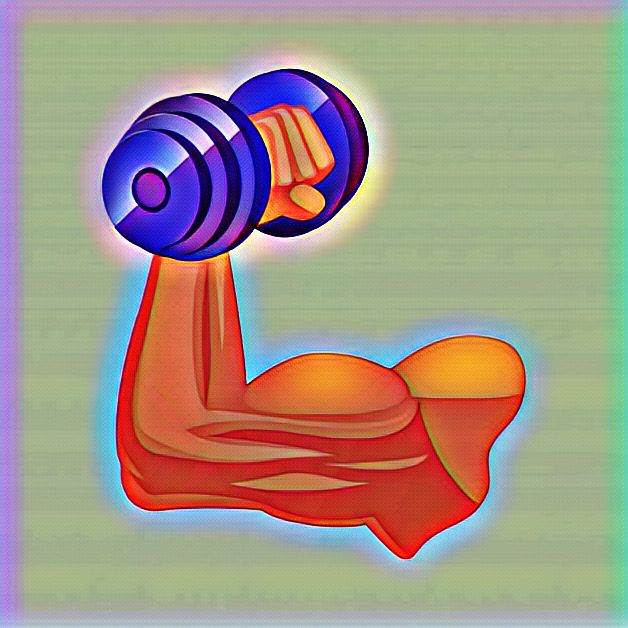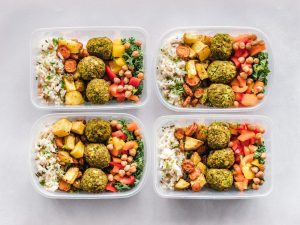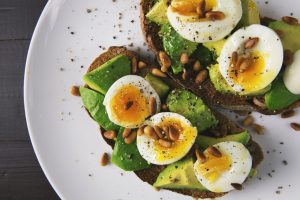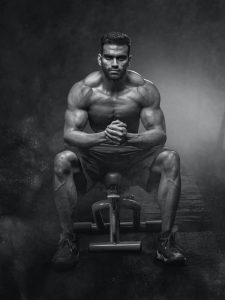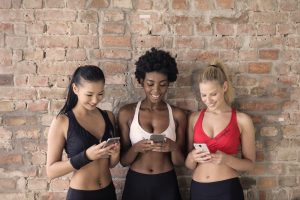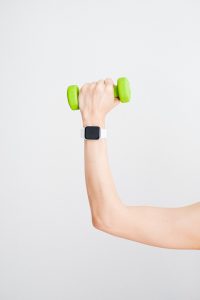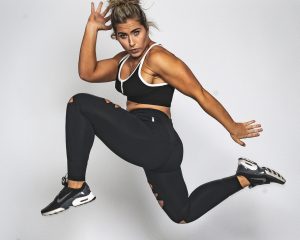
Photo by Karolina Grabowska from Pexels
From the start of your gym session to the end, we rely on digital media to help us out. Today I wanted to talk about how, why, and what has changed about the gym because of digital media. Digital technology has made gym memberships a lot more virtual, with a gym membership now you can download your gym’s app and use a lot more features than just a membership card like you would get before digital technology became a lot more advanced.

Photo by ThisIsEngineering from Pexels
A lot of gym apps offer a smart membership where you can simply just scan your phone instead of tapping in the code into the machine to let yourself into the gym. Gym apps will also include your gym usage, so each time you have been to the gym, the app will track how long you spent there and exercises you could do next time. Lastly, gym apps will let you fill out your personal stats, which helps with keeping track of your gym progress. Some gym apps also let users know how busy the gym is, this means people can go to the gym when it is less busy rather than getting there and realising. Digital technology has made it so much easier and comfortable for people to use the gym.
I am sure a lot of us like all our personal body statistics stored in one place? As well as gym apps which are purely used for accessing the gym and tracking sessions, there are also apps such as My Fitness Pal, this app is full of functions to help you keep fit and healthy. One of my personal favourite things about this app is how you can track your food and drink, which helps keep track of your daily calorie intake. I think this is such a fantastic development, it has been made a lot easier by the development of digital technology, for example, to track your food you can scan a food products barcode on the packet and the app will automatically work out how much nutrients, fat, calories, etc are in that food product, your only job is to type in your serving size or measurement.
When you go to the gym you will notice a lot of people wearing a FiBit or smartwatches, these advanced watches track daily activity. Here is a video explaining how fitness trackers work.
The more motivating factor of fitness trackers is the ability to share your personal health and fitness data with your friends and family. Because of the expansion of digital media, you can now find online communities that will actively wear the trackers, who will belong to every age group and have desirable or similar fitness goals. Dr Elson from Harvard Women’s Health Watch states “I know quite a few physicians who compare their own activity with that of their colleagues around the country,” being able to compare with others adds a motivating factor because then it is much easier to compete against your friends and also it doesn’t matter whereabouts in the world you are you can still do it.
Digital media has redefined the fitness industry, especially how gyms now work and advertise themselves. Most local gyms will
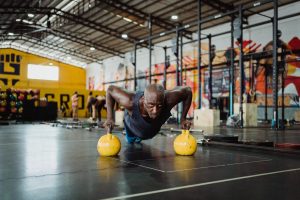
Photo by Ketut Subiyanto from Pexels
have their own social media channels where they can let their members know information about their gyms. A lot of members will contact personal trainers through their local gyms social media pages. It has changed the way people use the gym, people become more easily aware of what classes are held as most gyms will upload stories on Instagram or tweet what classes are on that day. Gyms will also use social media to become more one on one with their members and showcase the facilities they have to offer, as well as competitions for members. Digital media makes it easy to communicate the brand and ethos to members as well as what the gym offers and what gym might be right for you.
How easy is this all for us now? There should be no excuses, right? Digital media has made everything so easy for us.
